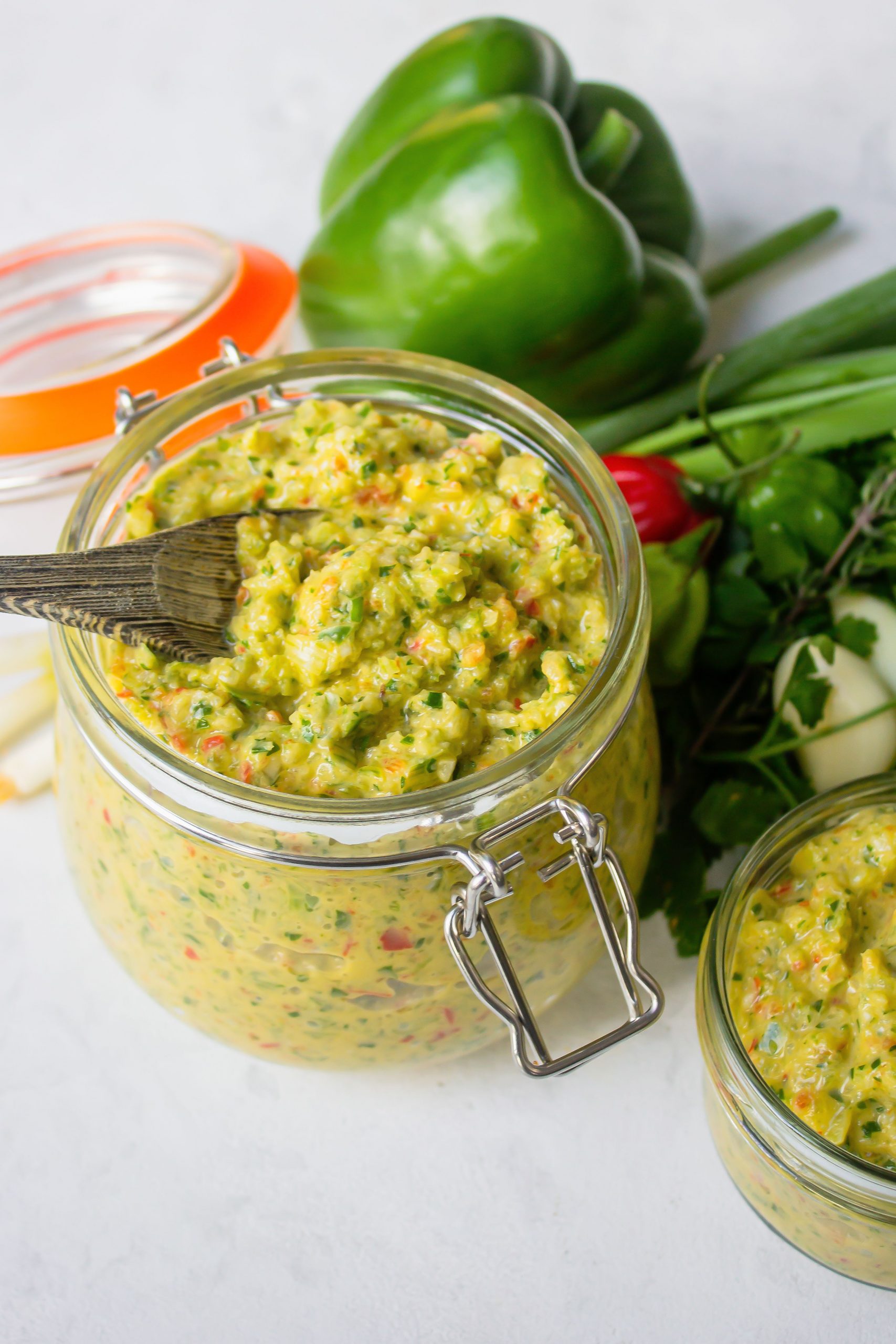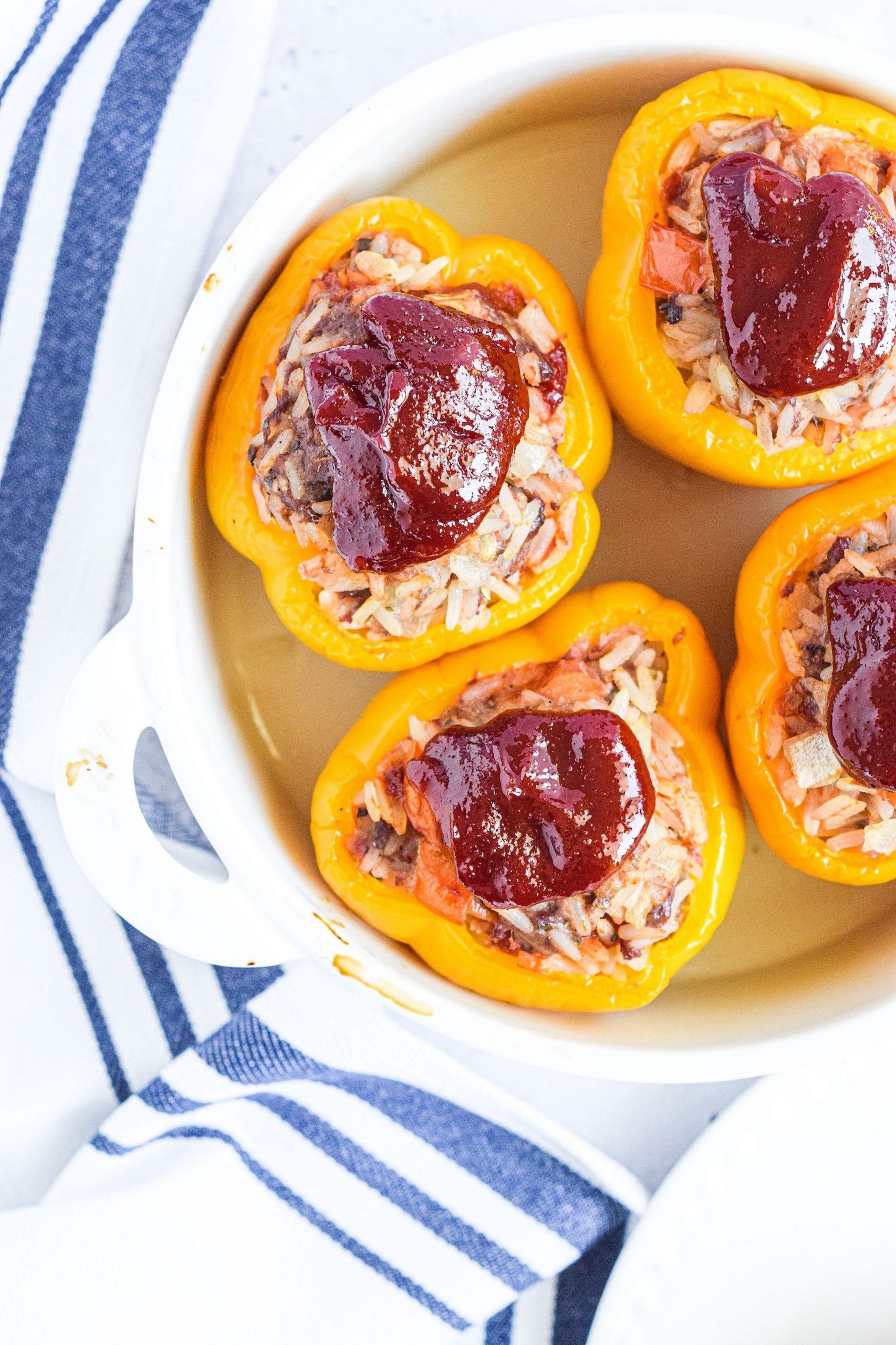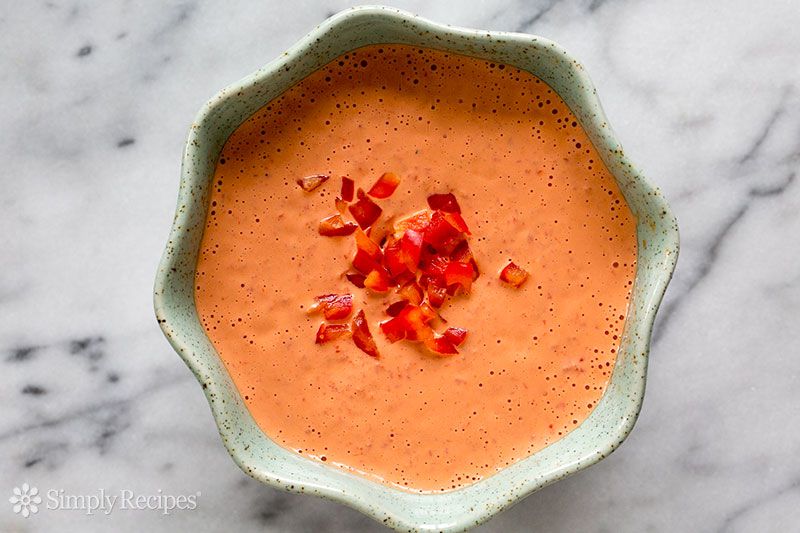A traditional paste or condiment, Haitian Epis forms the backbone of most savory dishes in Haitian and Creole cuisine!
In this recipe
-
A quick and easy marinade
-
The ingredients for Haitian epis
-
How to use Haitian Epis
-
Tips and tricks for making Haitian Epis
-
Haitian Epis Swaps and Substitutions
-
How to store Haitian Epis
So what is this green sauce we call Haitian Epis? Haitian Epis is a traditional paste or condiment that forms the basis of most savory dishes in Haitian cuisine. This epis is the backbone of Creole and Haitian cuisine.
Haitian cuisine, also known as Haitian Creole cuisine, emerged during the colonial era when West Africans and French, Spanish and some Arabs were brought together. Creole cuisine itself consists of bold, spicy flavors that were mainly influenced by the Africans.
You can read more about Creole cuisine here.
A quick and easy marinade
Haitian Epis is a quick and easy marinade that can be made ahead of time. Prep time can be anywhere from 10 to 15 minutes depending on the size of the batch you are making. It is also ideal for preparing a large batch over the weekend, as the Epis can be used throughout the week for meat, soups, stews or as a cooked dip. You can also make your epis ahead of time and store them in the freezer.
The ingredients for Haitian epis
Haitian Epis is made with a blend of fresh herbs, onions, garlic and peppers (both sweet and hot peppers) – the exact ingredients and amounts vary from person to person. This marinade is very similar to the traditional Caribbean green spice as well as the Dominican sofrito.
Haitian Epis is traditionally made in a mortar and pestle – all the ingredients are crushed until they form a thick paste. However, these days many are opting for the quick and modernized route of adding the ingredients to a food processor and blending them.
How to use Haitian Epis
The sauce is used to marinate meat or as a base for vegetable dishes. A few spoonfuls of epis are always needed in traditional dishes like poul nan sos (Haitian chicken stew), griyo (aka griot, fried pork shoulder), and plant-based soups and stews like sos pwa nwa (Haitian black bean soup). .
Once cooked, Haitian Epis add an extra sweet but savory flavor to grilled and steamed dishes. The Epis is not only ideal for the barbecue season, but can also be integrated into everyday cooking during the week. You can boil it down and use it as an accompaniment to fried potatoes or plantains. Feel free to use it like a pesto too, cooked then added to pasta and your choice of protein.
Tips and tricks for making Haitian Epis
- You should use either a mortar and pestle or a food processor to make the epis. Avoid using a blender or other devices that turn the sauce into a smoothie consistency. You want your epis to have some texture.
- To achieve an even texturemake sure you chop all the ingredients into small or medium sized pieces before adding them to the food processor.
- When you start mixing the ingredients, avoid adding water (Which you may be tempted to do if the food processor seems to be struggling a bit. Unless the food processor you are using is very powerful, it is best to add the ingredients in smaller batches and mix that way. The reason is no water adding is because most ingredients have a high water content and this will affect the recipes you use the epis in.
Haitian Epis Swaps and Substitutions
Not all Haitian epis recipes include leeks, but I find adding leeks to my epis recipe gives it an extra sweetness that I personally enjoy when using to marinate grilled meats. You can use extra leeks in the recipe if you are having trouble getting scallions.
A traditional Epis requires the use of Scotch Bonnet Peppers. Scotch Bonnet Peppers are small fiery chili peppers popular in African and Caribbean cuisine. They are closely related to habanero peppers. Scottish hats are primarily used in Epis, but they can be hard to come by. If you can’t find them, you can easily substitute habanero, bird’s-eye chilies, or cayenne pepper powder.
Alternatively, if you have a low tolerance for chillies, you can use half the Scotch Bonnet Peppers I used, or you can even use a quarter. Mild red or green chiles, a teaspoon of chili flakes, or black peppercorns can be adapted to this recipe to make it a little milder.
How to store Haitian Epis
Haitian Epis can be refrigerated for up to 5 days, if stored this way the Epis is best kept in an airtight container. Feel free to store these in glass mason jars or plastic containers.
If you are preparing a larger batch and don’t want to use everything at once, this marinade can also be frozen and will keep for up to 3 months. The best way to freeze this is to put 2 teaspoons in ice cube trays and that way you can take it out as needed without having to thaw a whole batch of epis.
More sauce and marinade recipes
- Chermoula
- Mint chimichurri
- Fresh basil pesto
- Tomatillo Salsa Verde
- Pesto with ramp and parsley
Haitian Epis
There is no salt in this Epis recipe, so season the dishes you use it in appropriately.
ingredients
-
1 cup fresh parsley (leaves and tender stalks), roughly chopped
-
1 red bell pepper, seeded and diced
-
1 green bell pepper, seeded and diced
-
2 small Scotch Bonnet peppers, diced
-
3 spring onions, thinly sliced
-
1 yellow onion, diced
-
2 sticks of celery, thinly sliced
-
1 small leek, root end removed and thinly sliced
-
3 garlic cloves, chopped
-
1/3 cup olive oil
-
2 tablespoons apple cider vinegar
-
1 lime, juiced
-
10-15 sprigs of fresh thyme, leaves removed
special equipment
-
food processor
method
-
Place ingredients in food processor:
Place the parsley, peppers, scotch bonnets, shallots, onions, celery, leeks and garlic in the food processor, followed by the olive oil, apple cider vinegar, lime juice and thyme.
-
Pulses in the food processor:
Pulse until all ingredients are dissolved and a fluffy, textured paste forms, about 30 seconds.
-
Shop Haitian Epis:
Pour the epis into a mason jar and store in the refrigerator for up to 5 days. Alternatively, you can portion the epis into an ice cube tray and freeze them for later use.
Did you like this recipe? Give us some stars below!




